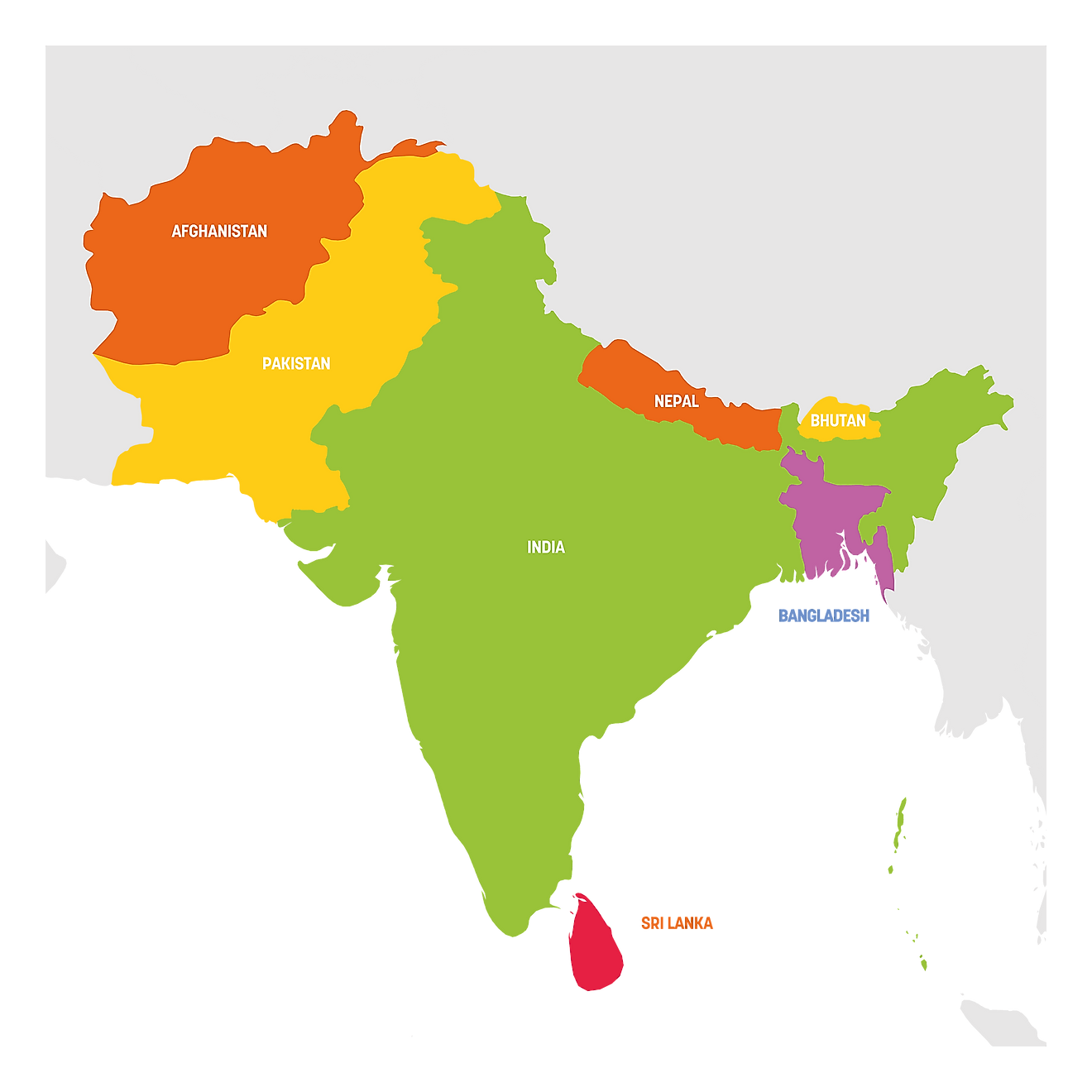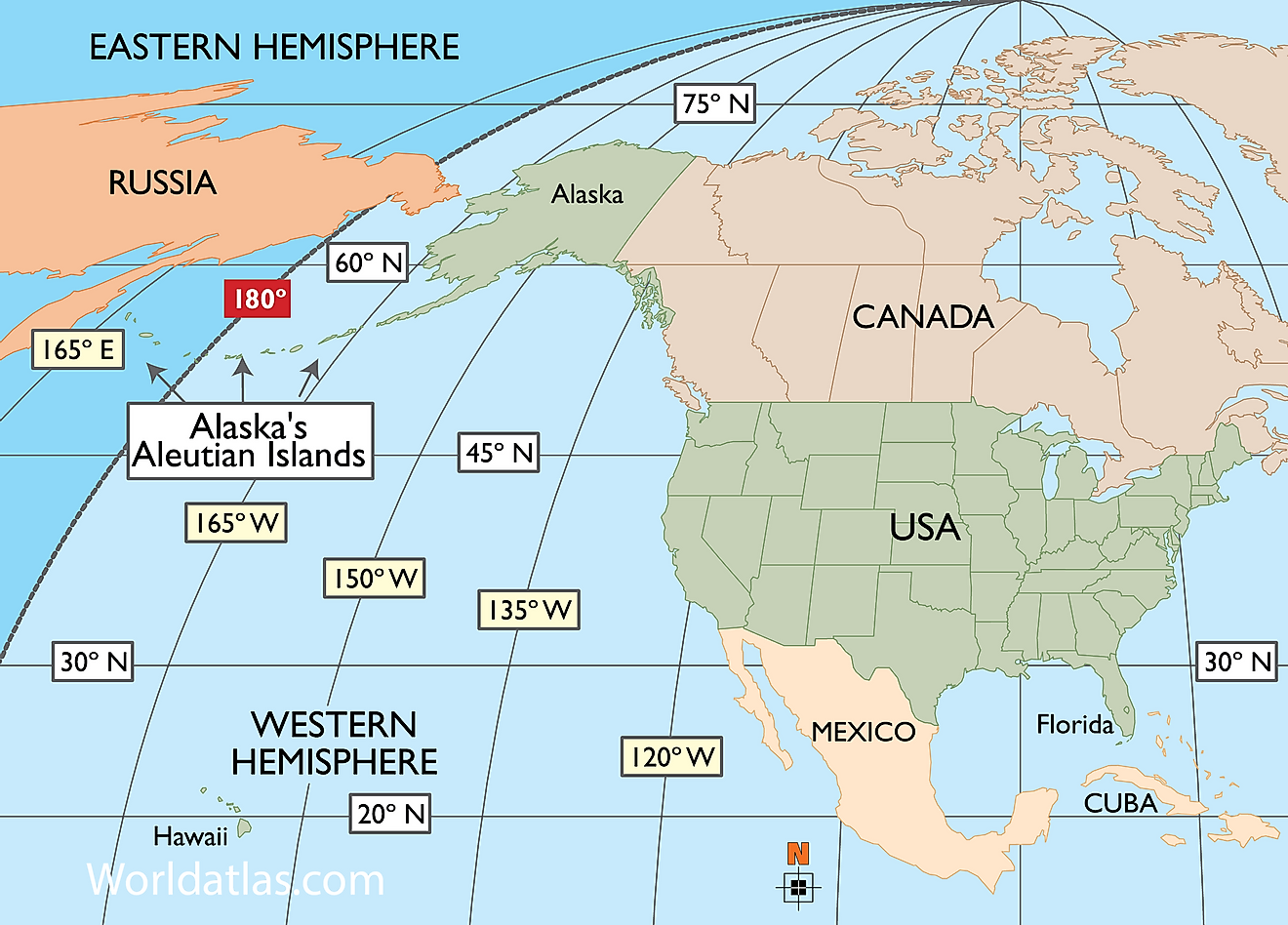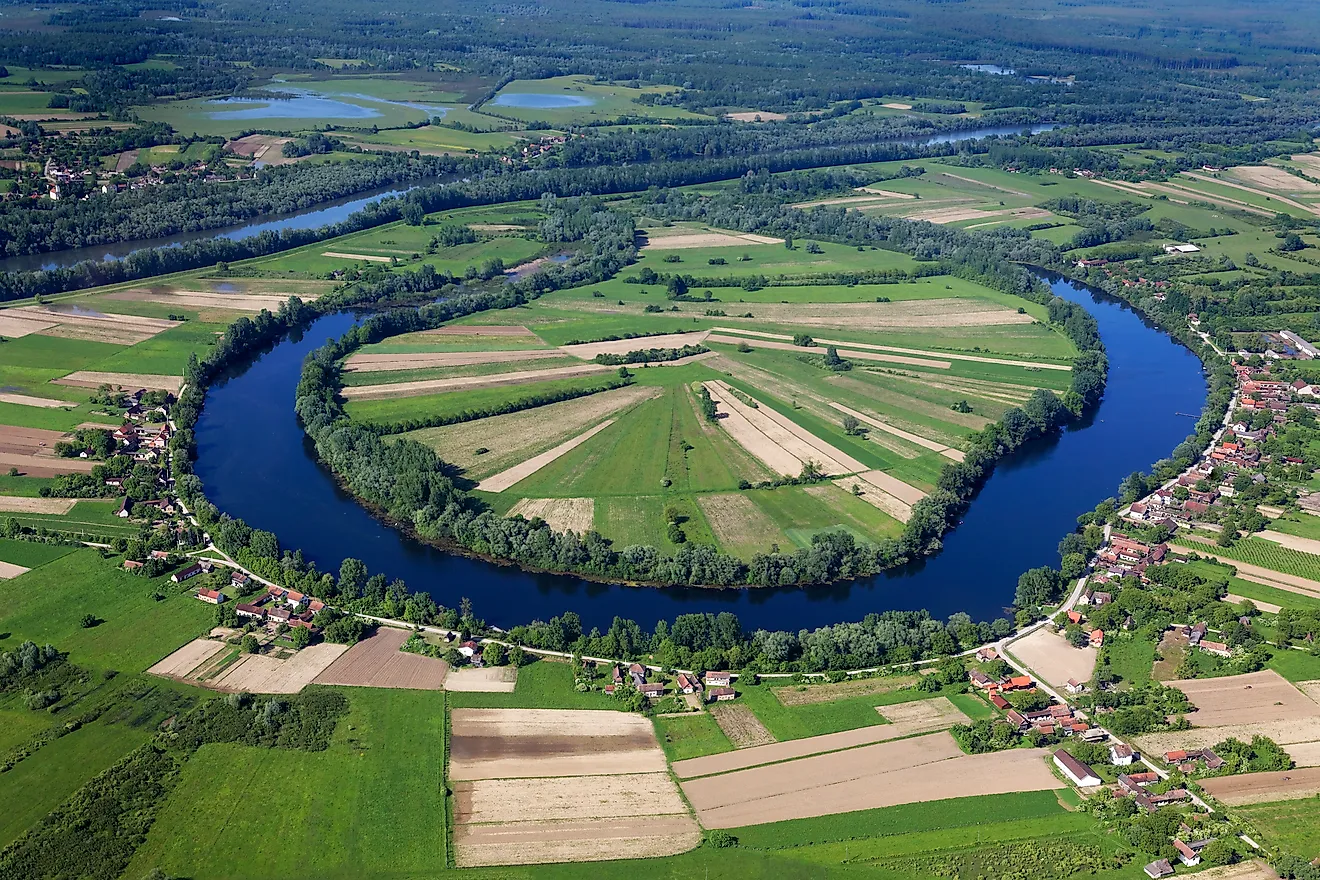Where Is Cape Horn?
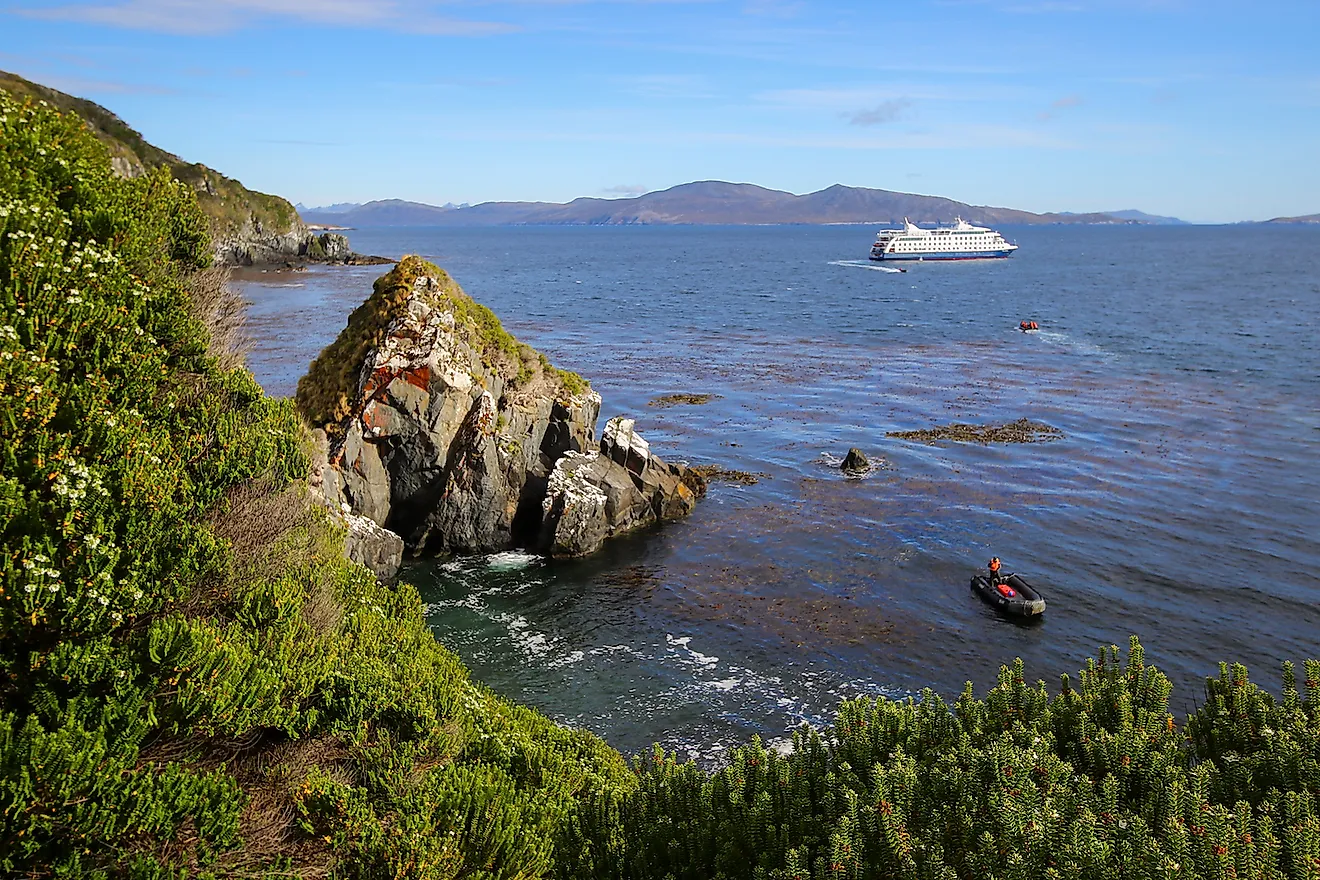
- The southern tip of South America is known as Cape Horn. Cape Horn is infamous for being extremely treacherous both as a landing point, and an area to sail around.
- Cape Horn was named when it was first rounded by Dutchman Willem Schouten in 1616. It was at the time, named after the Dutch town of Hoorn.
- Mariners of various calibers have made, or attempted to make, the journey around Cape Horn, and the waters have claimed the lives of many explorers and ships.
To the south of Chile, at the tip of South America, lies the archipelago known as Tierra del Fuego. Part Chile, part Argentina, the area consists of a large group of rocky outcrops, and treacherous black cliffs. Among these, is the small Horn Island. Measuring only 5 miles in length, it is small in size but large in reputation, as it is here, on the jagged shoreline, that we find Cape Horn.
Cape Horn is infamous for being extremely treacherous both as a landing point, and an area to sail around. Long established as the solitary route around South America, it was a necessary risk for many early explorers, and the only way they could pass from one hemisphere to the other.
Discovery And Early Exploration
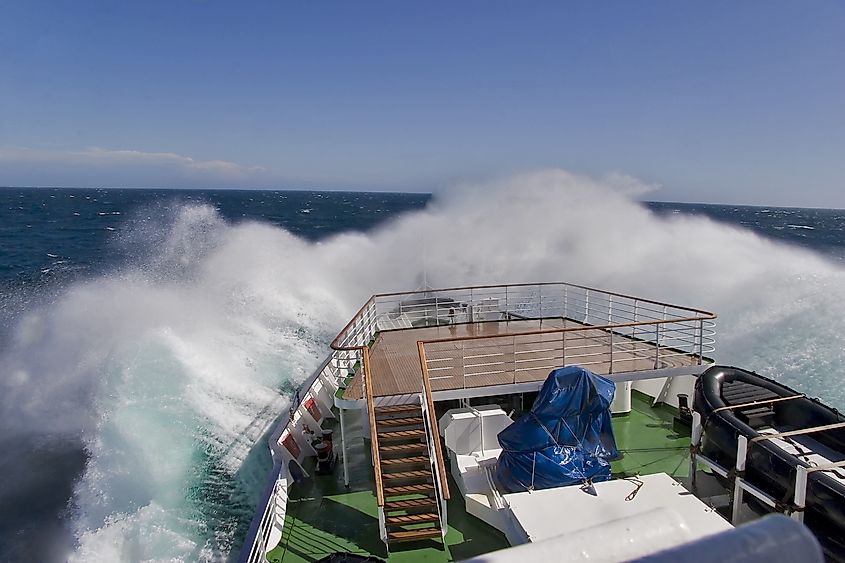
Cape Horn was named when it was first rounded by Dutchman Willem Schouten in 1616. It was at the time, named after the Dutch town of Hoorn, but became commonly Anglicized to Horn over the following centuries. In Spanish, the most prominent language in Chile, it is known as Capo de Horno. For years, this was the main thoroughfare of travelers and explorers wishing to pass from one side of South America to the other. In order to skirt the cape, most explorers travelled via the Drake Passage, a 500 mile wide stretch of sea known to have high winds, frigid conditions, and extreme wave patterns. The width of the passage is what makes it preferred by travelers, as it allows the most room for navigation, despite the dangerous conditions. Mariners of various calibers have made, or attempted to make, this journey, and the waters have claimed the lives of many explorers and many ships.
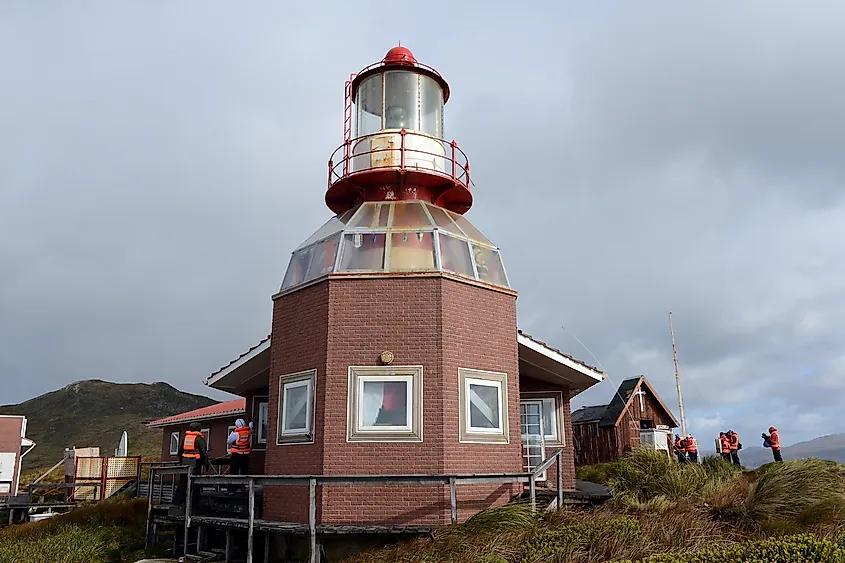
One of the most famously documented journeys was that of the Beagle, on which famed naturalist Charles Darwin travelled. His accounts detail the treacherous journey and hazardous conditions that so often occur off the shores of Cape Horn. In 1785, Jean-Francois de Galaup Lapérouse set out on an exploration and map making expedition that sent him around the Southern tip of South America. He was, at the time, one of the lucky mariners that survived this journey, and he went on to explore and map much of the world, from the North American coast to Russia and Japan. Unfortunately, he later perished returning from Australia when his ship was lost in the Pacific Ocean.
Dangerous Conditions
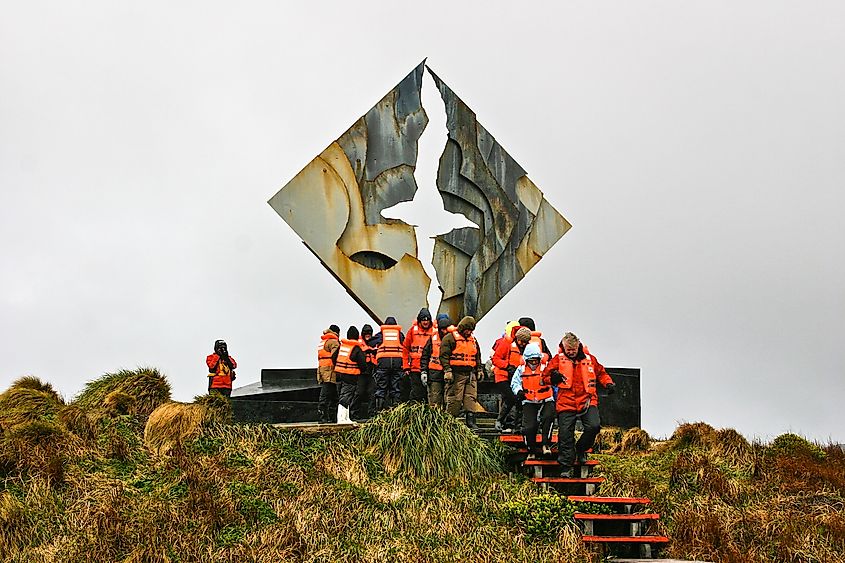
Cape Horn exhibits the perfect storm of dangers for mariners. The frigid waters and strong winds are problems in themselves, and often combine to form stormy seas. The area also has an unusual sea floor. Around the southern tip of South America, the sea floor rises dramatically from 13,200 feet to only 330 feet over a short distance. This drastic change creates larger breaking waves on a consistent basis. As waves move through the water, the friction of the waves against the rising ocean floor causes drag, and the upper part of the wave speeds up. This causes extremely rough waters and harsh, breaking waves. In conjunction with the strong westerly winds that funnel around the Drake Passage and cape islands, these rough waters create very dangerous conditions for travelers. Additionally, the colder waters often have stray icebergs from Antarctica, which can cause navigational hazards.
South American Travel In Modern Times
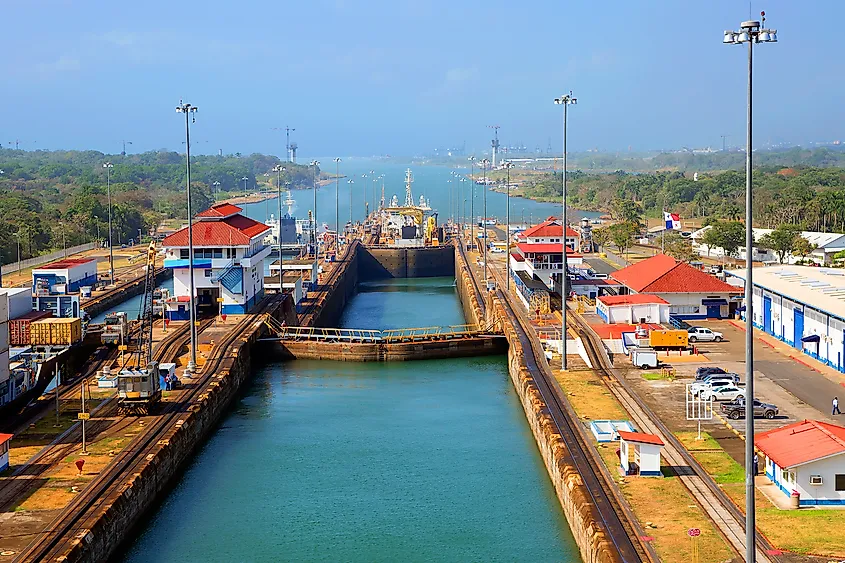
Navigating around Cape Horn is no easy feat, and the waters and rocky shoreline have claimed many ships and weary travelers of old. Thankfully, there is now an alternative pathway. In 1914, the Panama Canal was built allowing for safe and much more convenient travel through Central America. Because of this, and modern forms of travel, navigating the stormy seas of Cape Horn are no longer a necessity, but travel still exists in the area. On calmer days, travelers and tourists can take tours and cruises of the area, as guides tell tales of travelers past and the treacherous seas. It is a journey still rich with history and the romanticism of sailing ships and exploration, and many modern travelers cannot resist the chance to be part of the ongoing tales of the dangerous open seas.








